The Physics of Quantum Mechanics in Energy Harvesting
Introduction
Quantum mechanics, the branch of physics that deals with phenomena on a very small scale, such as molecules, atoms, and subatomic particles, has a profound impact on our understanding of the physical world. One of the most intriguing applications of quantum mechanics is in the field of energy harvesting, the process of capturing and storing energy from external sources, such as solar, wind, thermal, and kinetic energy.

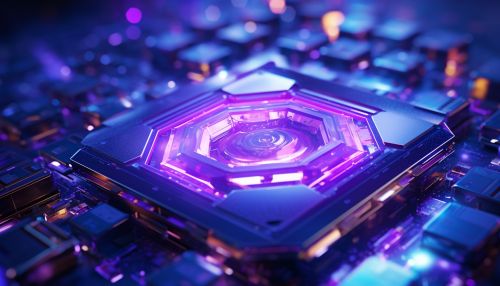
Quantum Mechanics: A Brief Overview
Quantum mechanics is a fundamental theory in physics that provides a description of the physical properties of nature at the scale of atoms and subatomic particles. It is the foundation of all quantum physics including quantum chemistry, quantum field theory, quantum technology, and quantum information science.
Energy Harvesting: A Brief Overview
Energy harvesting, also known as power harvesting or energy scavenging, is the process by which energy is derived from external sources (e.g., solar power, thermal energy, wind energy, salinity gradients, and kinetic energy), captured, and stored for small, wireless autonomous devices, like those used in wearable electronics and wireless sensor networks.
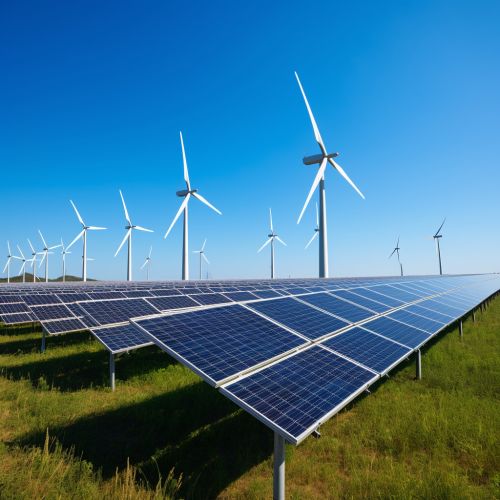

Quantum Mechanics in Energy Harvesting
The principles of quantum mechanics can be applied to energy harvesting in several ways. One of the most significant is through the use of quantum dots, which are tiny particles that can absorb light and convert it into electricity. Quantum dots can be used in solar cells to improve their efficiency and make them more cost-effective.
Another application of quantum mechanics in energy harvesting is in the field of thermoelectrics, which involves converting heat into electricity. Quantum mechanics can be used to understand and manipulate the properties of materials used in thermoelectric devices, potentially leading to more efficient energy conversion.

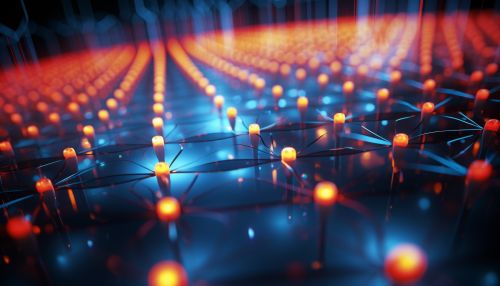
Quantum Dots and Solar Energy Harvesting
Quantum dots are tiny semiconductor particles a few nanometres in size, having optical and electronic properties that differ from larger particles due to quantum mechanics. They are a central theme in nanotechnology. When the quantum dots are illuminated by UV light, an electron in the quantum dot can be excited to a state of higher energy.
Thermoelectrics and Quantum Mechanics
Thermoelectric devices convert heat into electrical energy. The efficiency of these devices is governed by the thermoelectric effect, and materials with a high thermoelectric figure of merit (ZT) are most efficient at energy conversion. Quantum mechanics can be used to understand and manipulate the properties of materials used in thermoelectric devices, potentially leading to more efficient energy conversion.
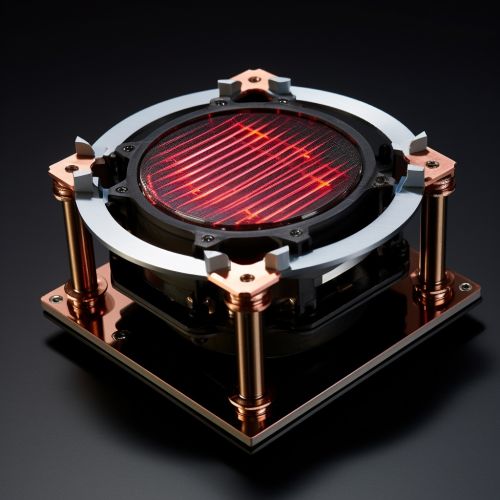
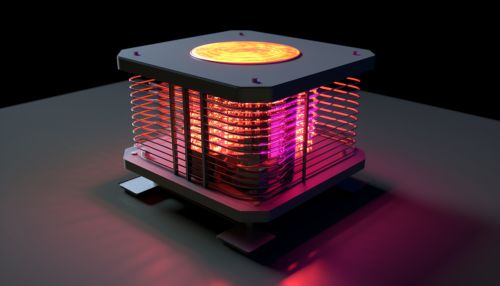
Future Prospects
The application of quantum mechanics to energy harvesting is a rapidly growing field, with potential to revolutionize the way we generate and use energy. As our understanding of quantum mechanics continues to deepen, we can expect to see new and innovative applications in energy harvesting and other areas of technology.
